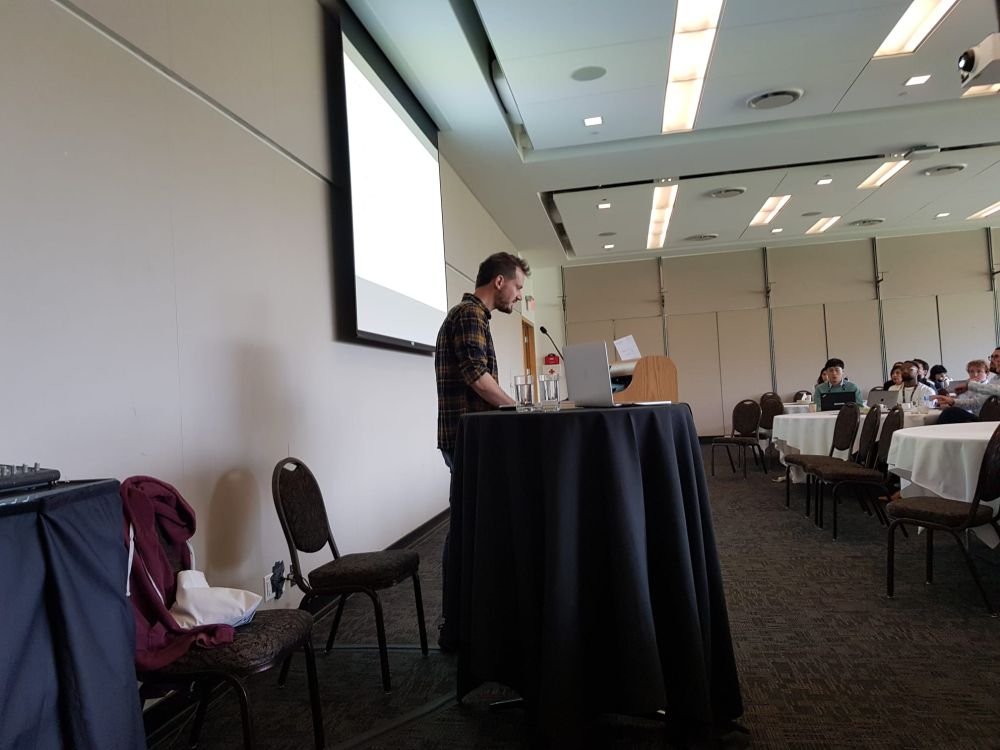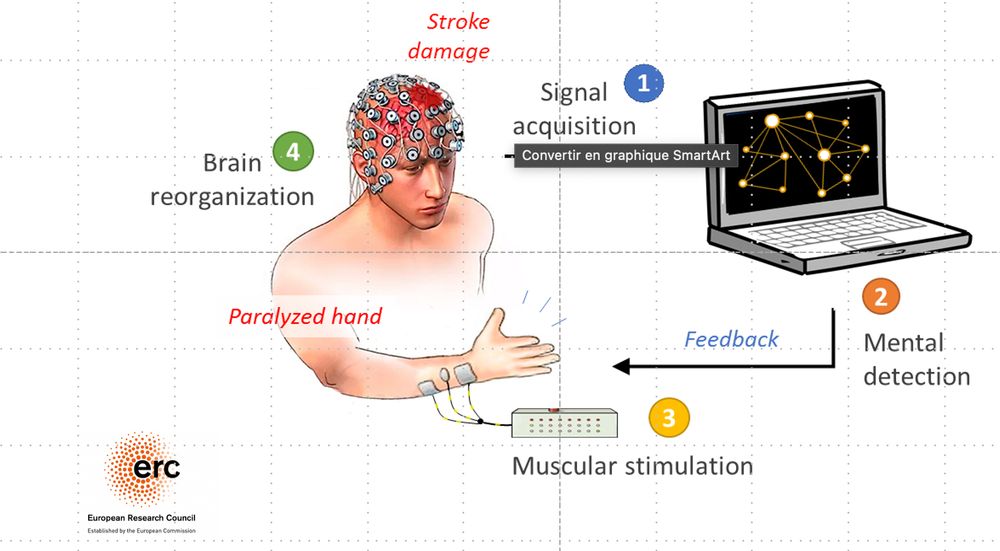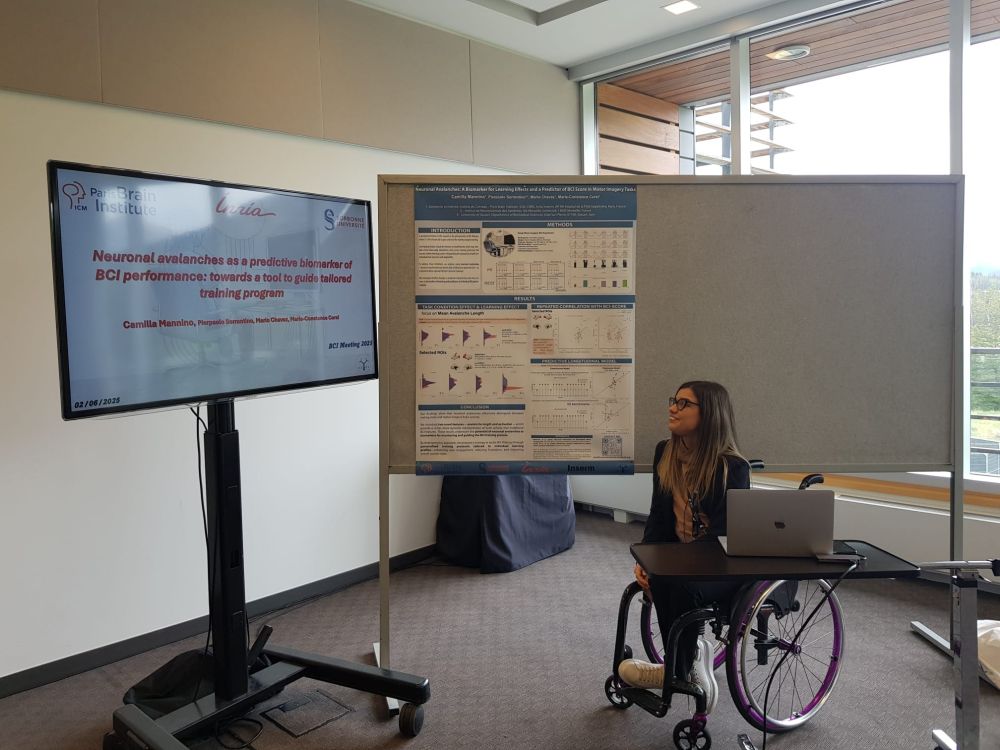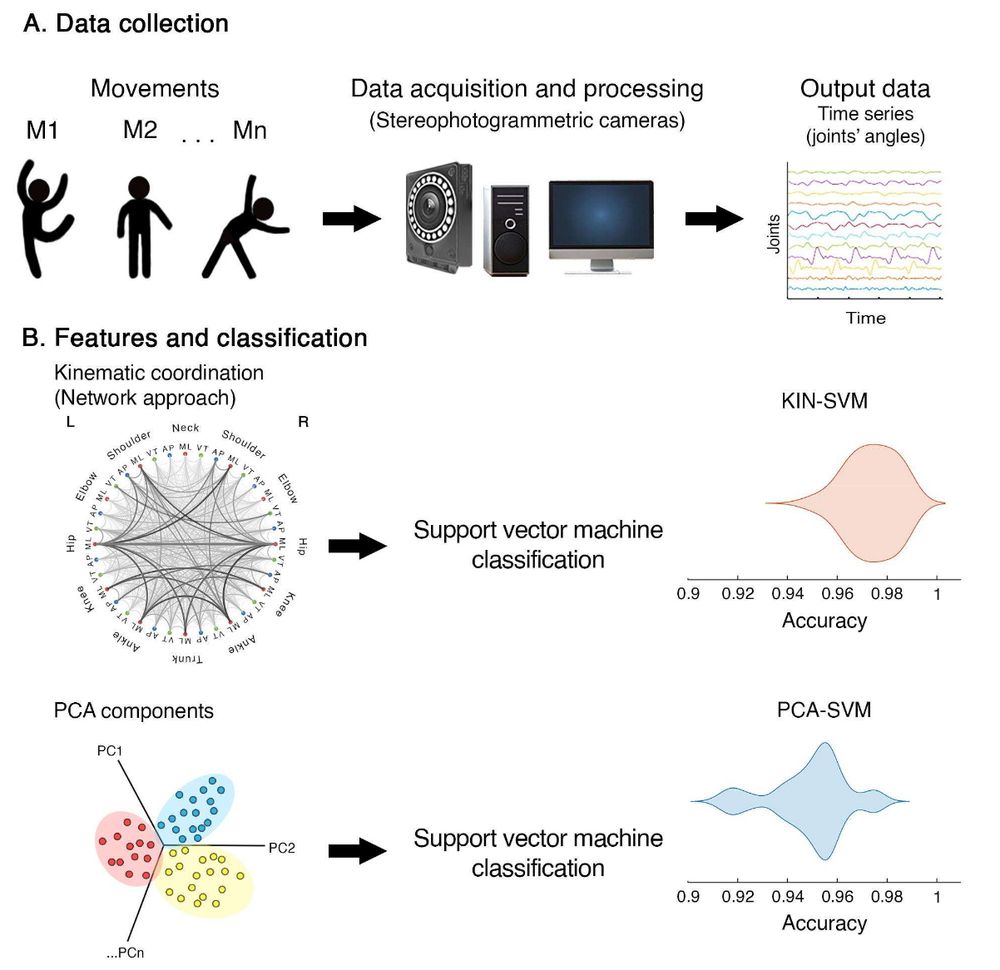
@institutducerveau.bsky.social @inria_paris @Inserm @CNRS
Brain-Computer Interfaces, Functional connectivity, Medical instrumentation
Webpage: marieconstance-corsi.netlify.app
📅 12 September 2025 | ⏰ 12:00–13:15 UTC | 🌐 Virtual Event
Thrilled to co-chair w/ @pierpasorre.bsky.social at the @ohbmofficial.bsky.social Satellite Meeting! Feat. D. Depannemaecker & @gianmarcoduma.bsky.social ma.bsky.social.

📅 12 September 2025 | ⏰ 12:00–13:15 UTC | 🌐 Virtual Event
Thrilled to co-chair w/ @pierpasorre.bsky.social at the @ohbmofficial.bsky.social Satellite Meeting! Feat. D. Depannemaecker & @gianmarcoduma.bsky.social ma.bsky.social.

It tracks intra-regional connectivity strength and E/I population dynamics, revealing how training reshapes neural activity.

It tracks intra-regional connectivity strength and E/I population dynamics, revealing how training reshapes neural activity.


✅ Neuronal avalanches are robust biomarkers of individual BCI learning.
✅ Features like avalanche duration and spatiotemporal size correlate with BCI performance across sessions.
✅ Longitudinal models using these features achieve up to 91% accuracy in predicting BCI success.

✅ Neuronal avalanches are robust biomarkers of individual BCI learning.
✅ Features like avalanche duration and spatiotemporal size correlate with BCI performance across sessions.
✅ Longitudinal models using these features achieve up to 91% accuracy in predicting BCI success.
Up to 30% of users struggle with motor imagery-based BCI, a challenge known as "BCI inefficiency." Current protocols use fixed-length sessions, ignoring individual variability. Our study introduces a novel approach that rely on neuronal avalanches to tackle this issue.

Up to 30% of users struggle with motor imagery-based BCI, a challenge known as "BCI inefficiency." Current protocols use fixed-length sessions, ignoring individual variability. Our study introduces a novel approach that rely on neuronal avalanches to tackle this issue.









✅ Kinectome outperforms PCA in classification accuracy
✅ Resilient to data loss & robust across derived measures
✅ Clear feature interpretability
✅ Potential applications in sports training, physical rehabilitation, and more!

✅ Kinectome outperforms PCA in classification accuracy
✅ Resilient to data loss & robust across derived measures
✅ Clear feature interpretability
✅ Potential applications in sports training, physical rehabilitation, and more!


